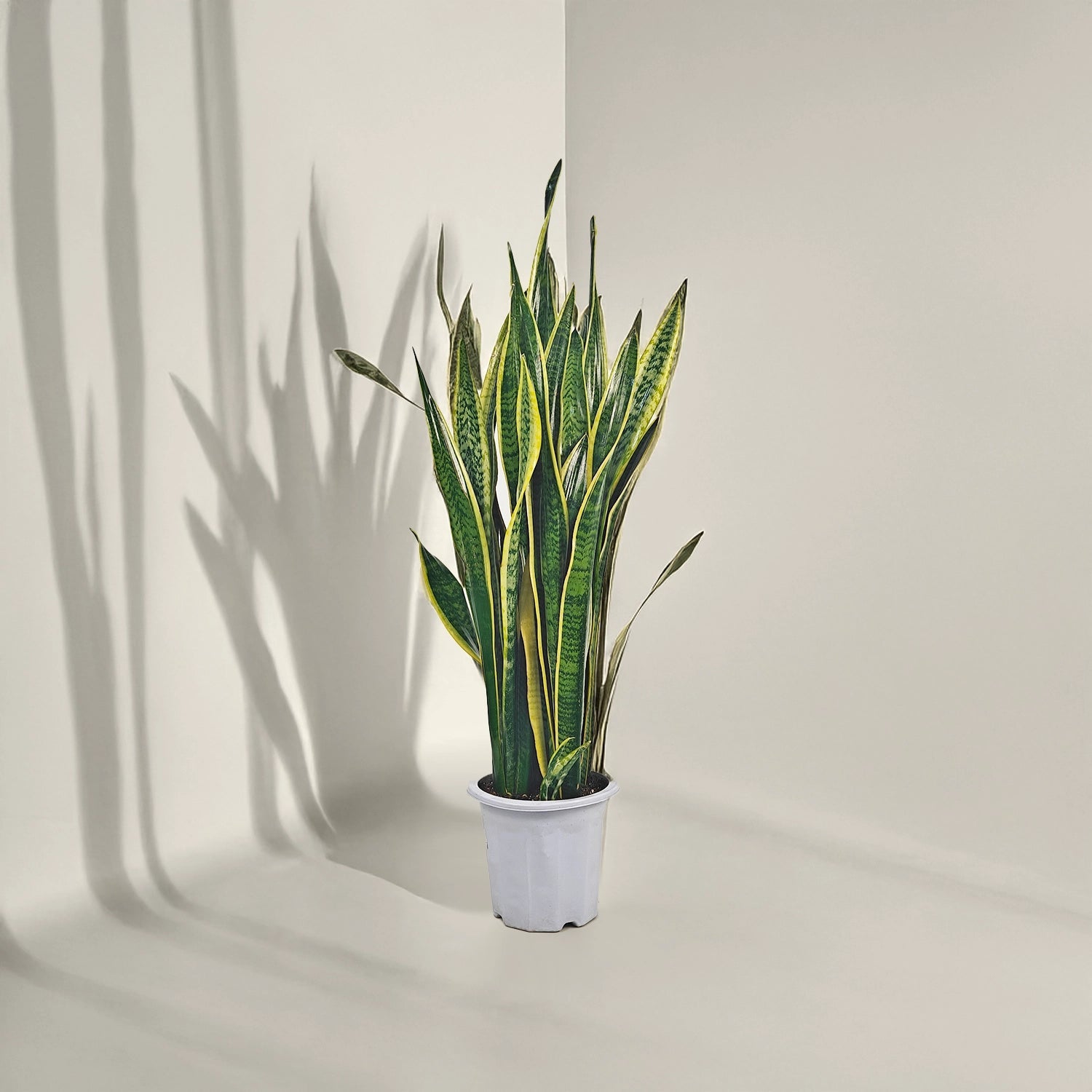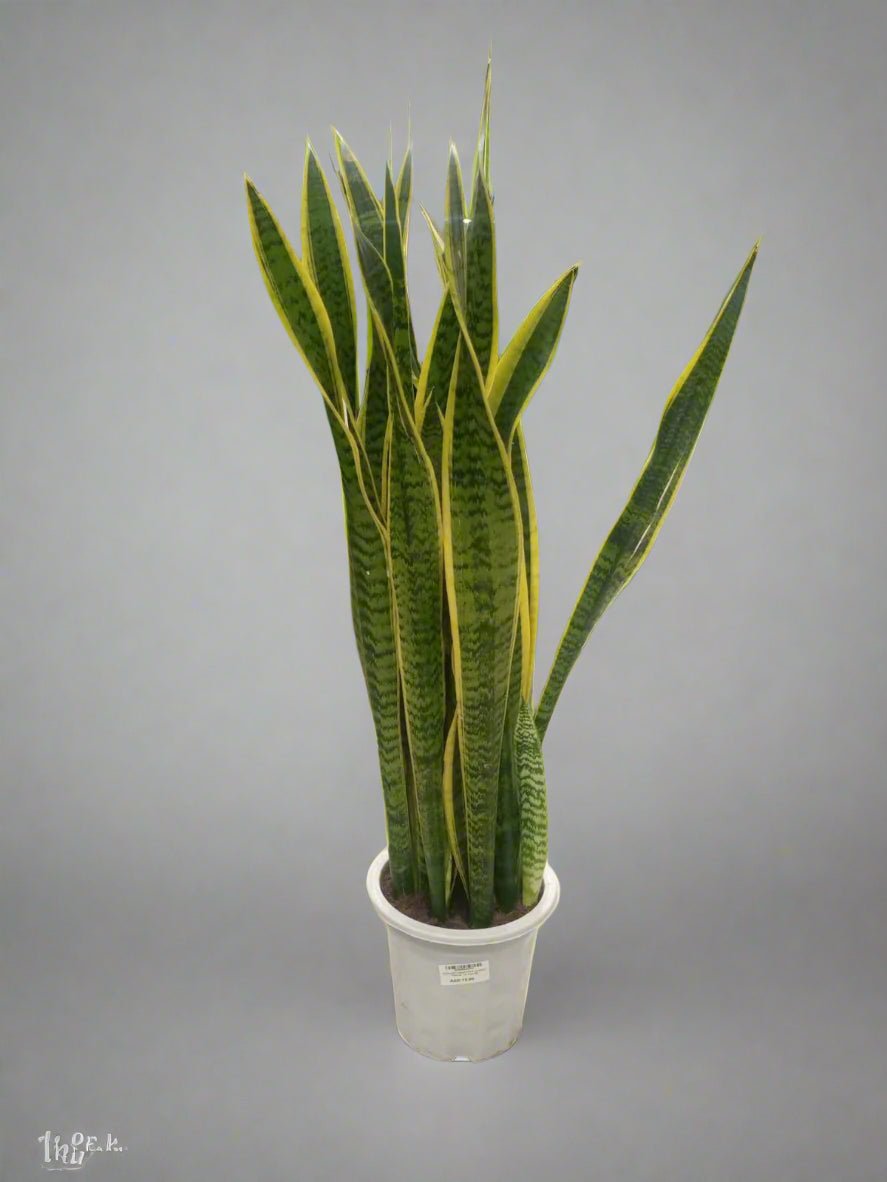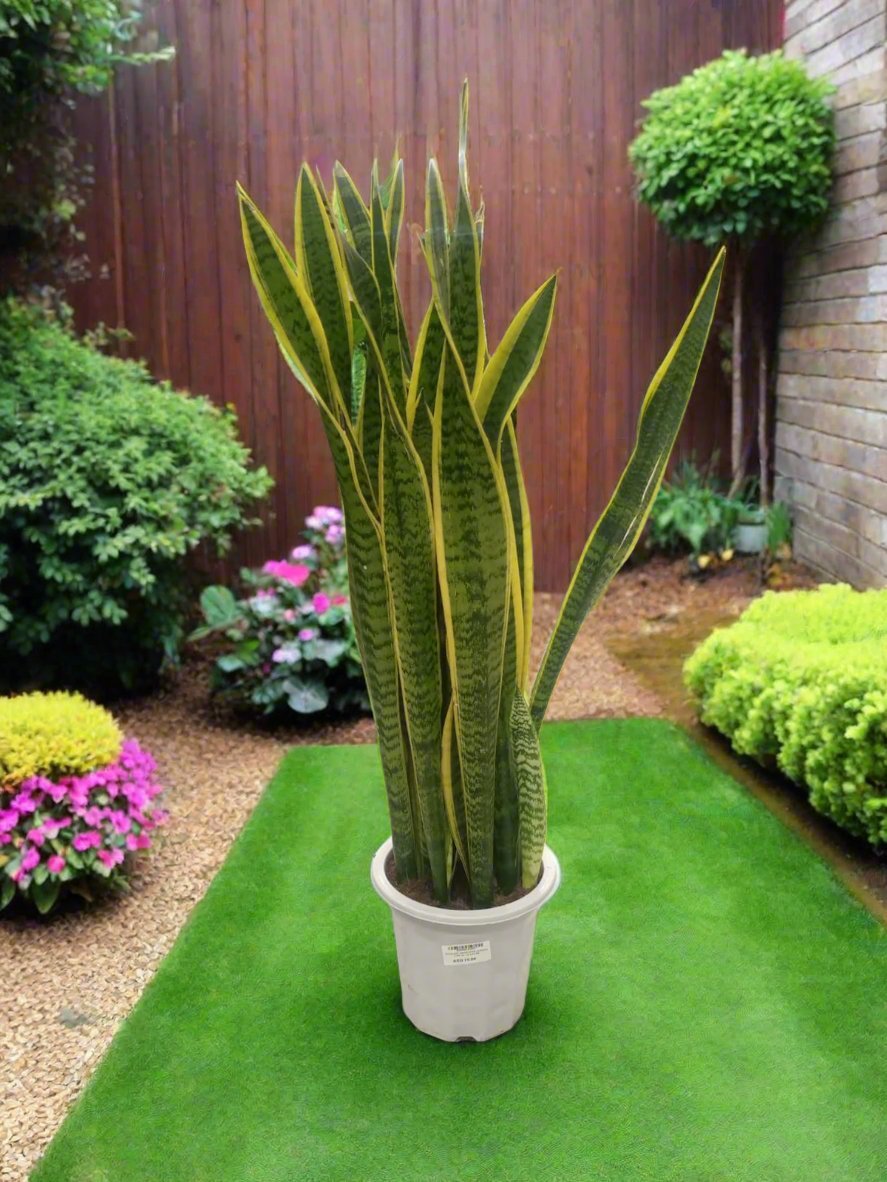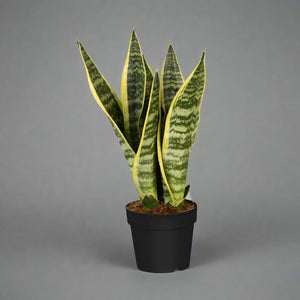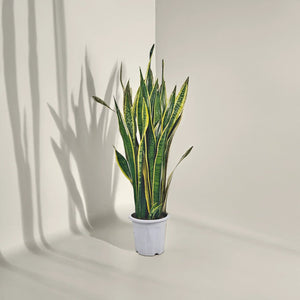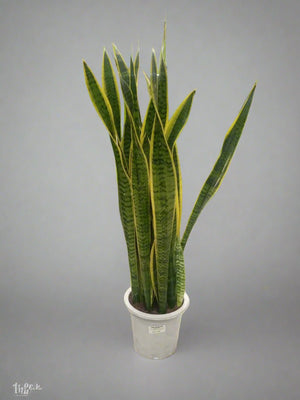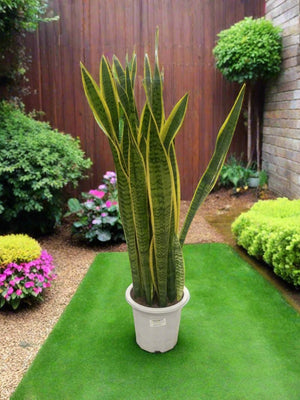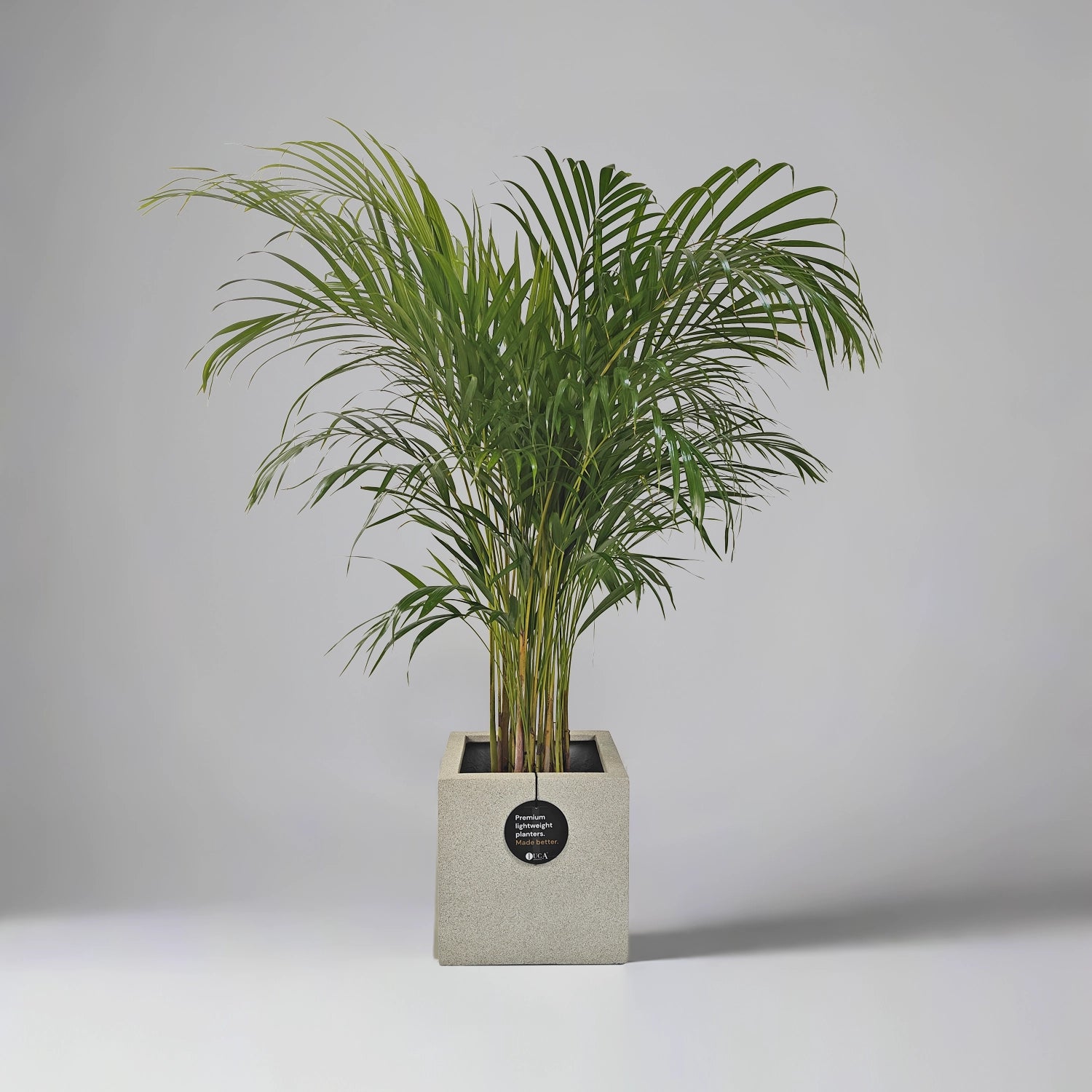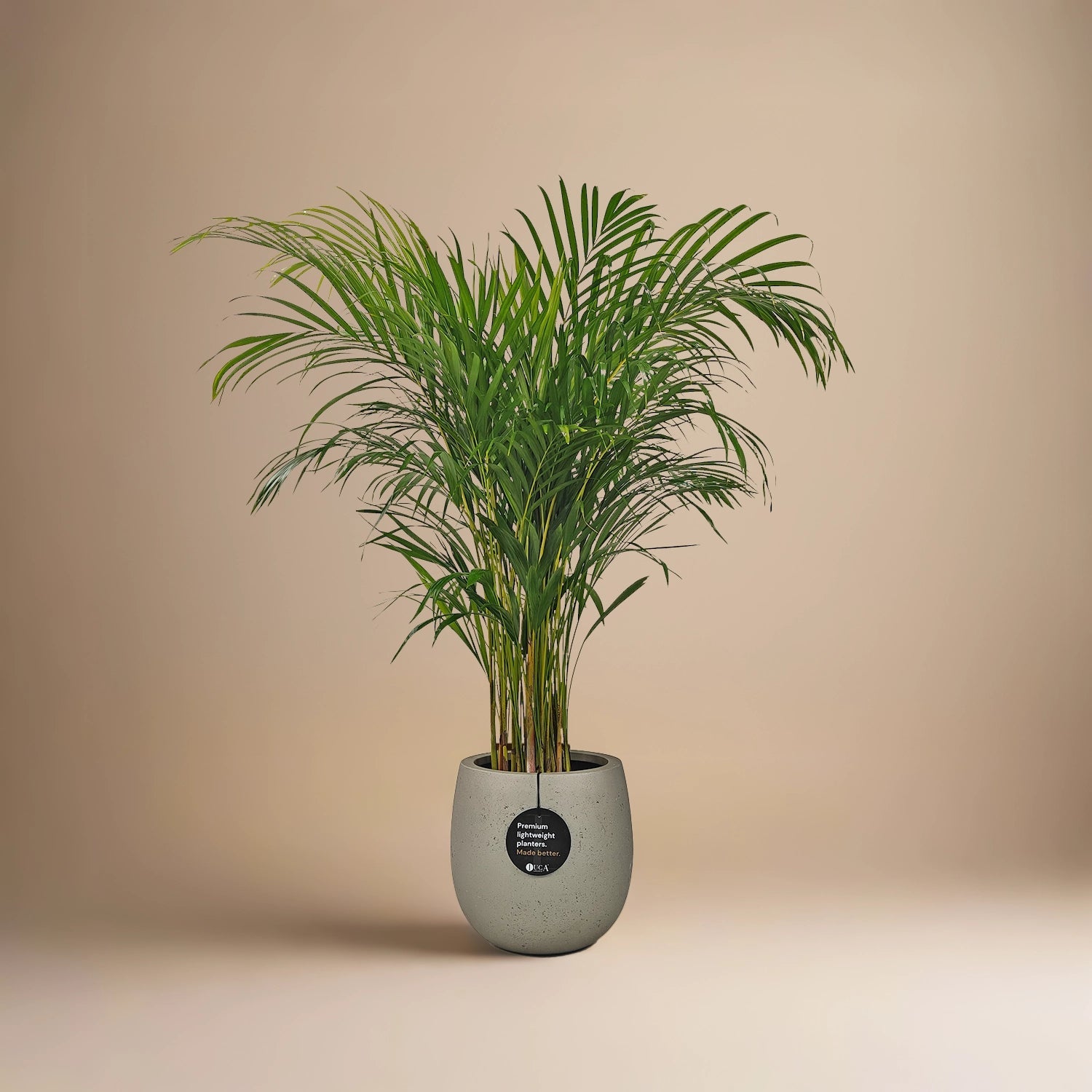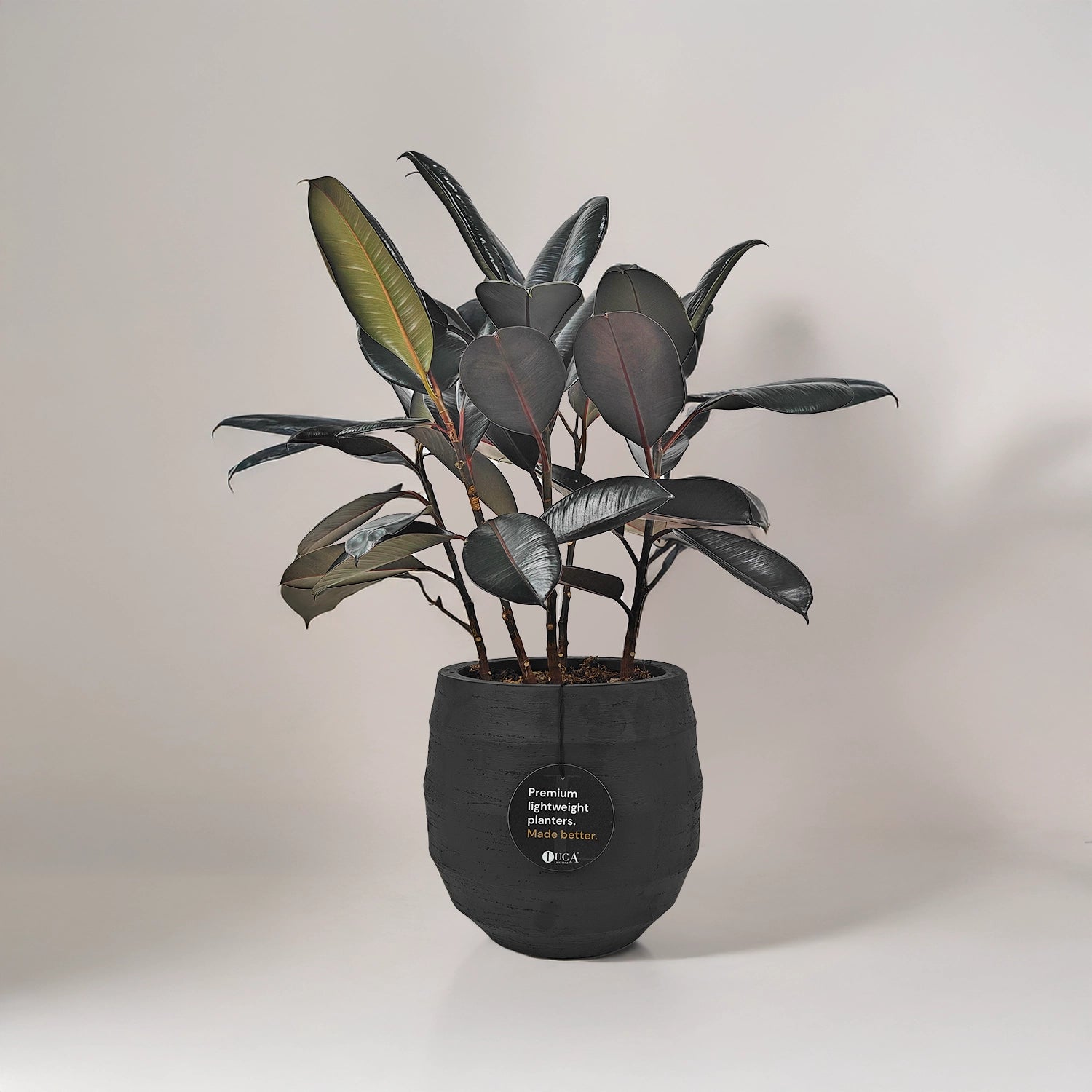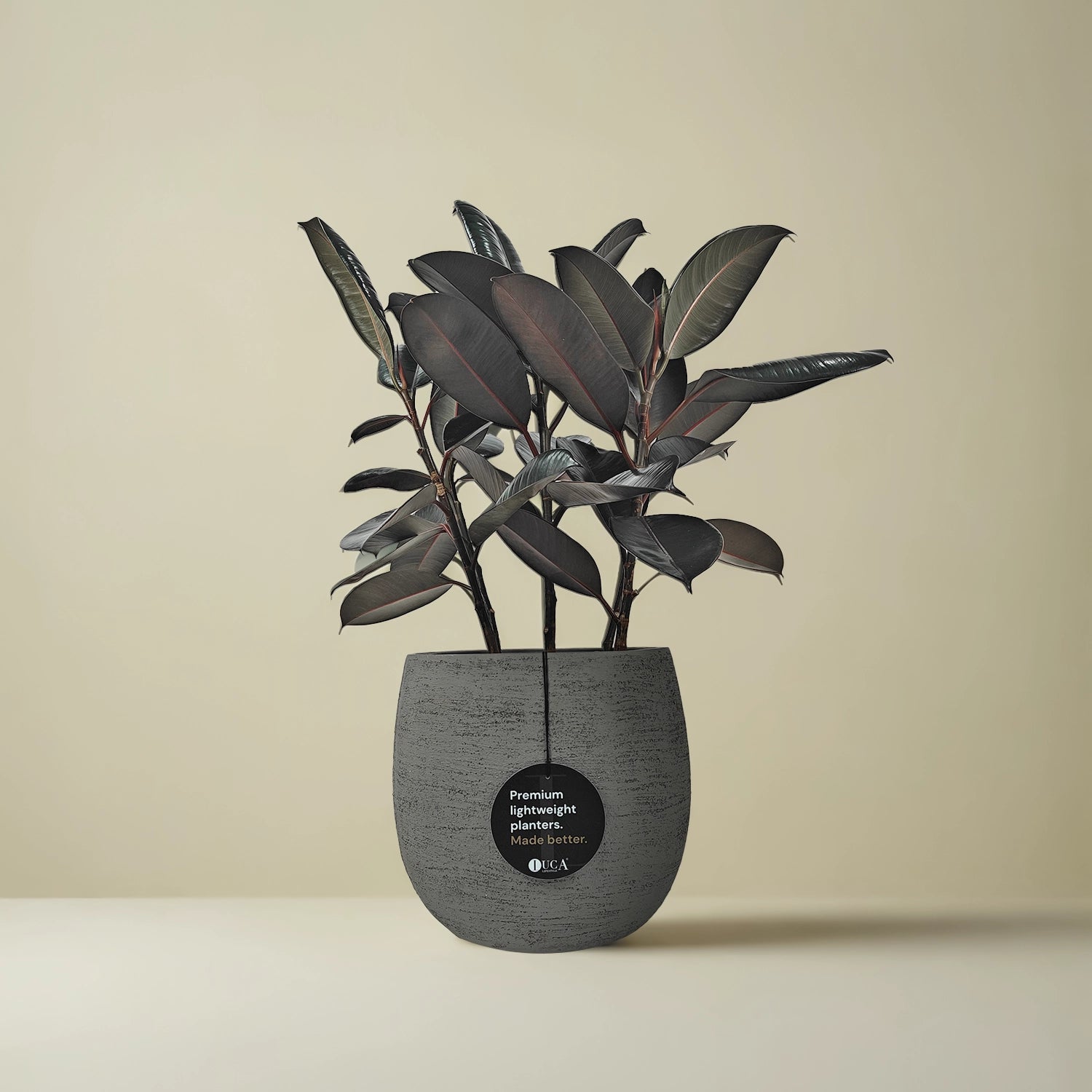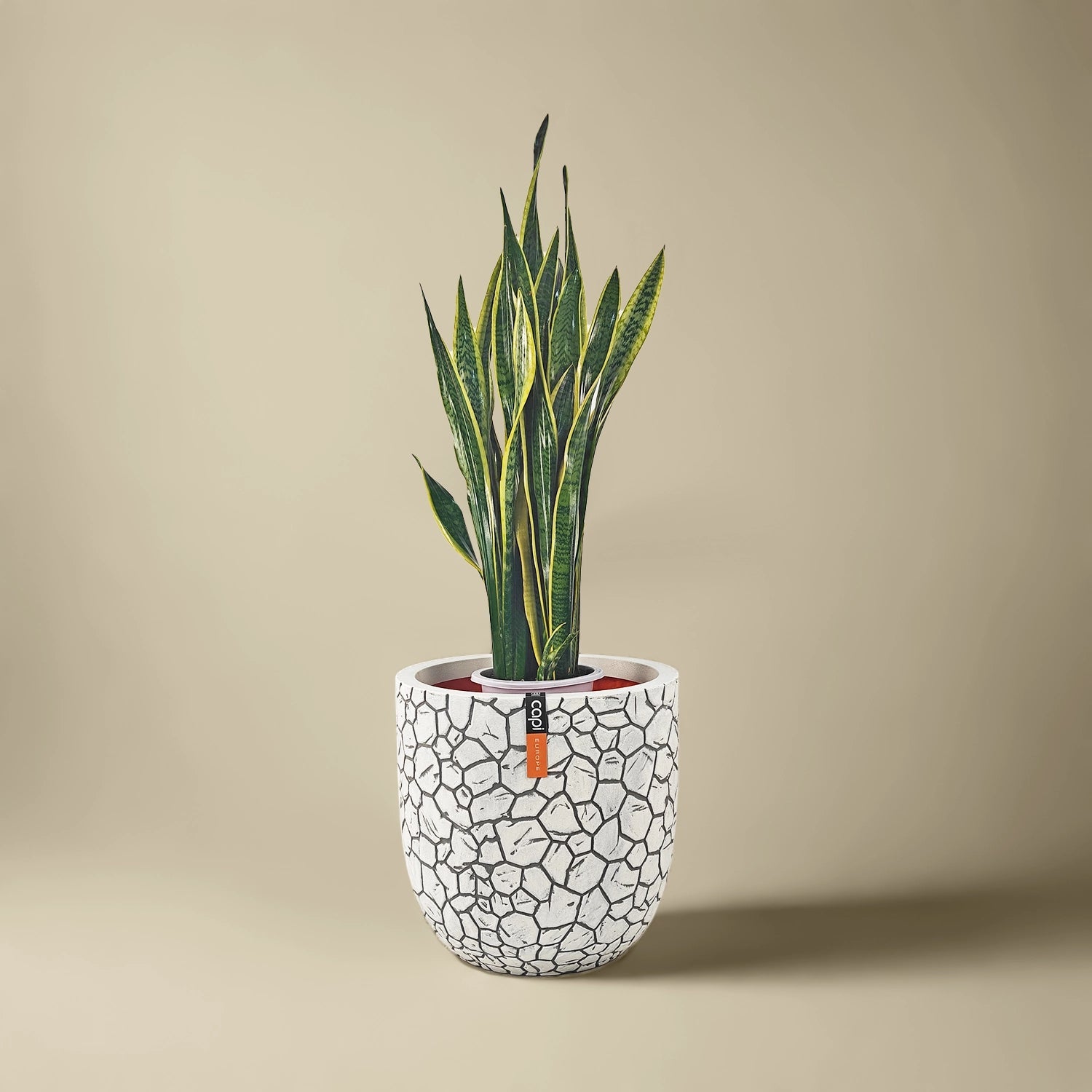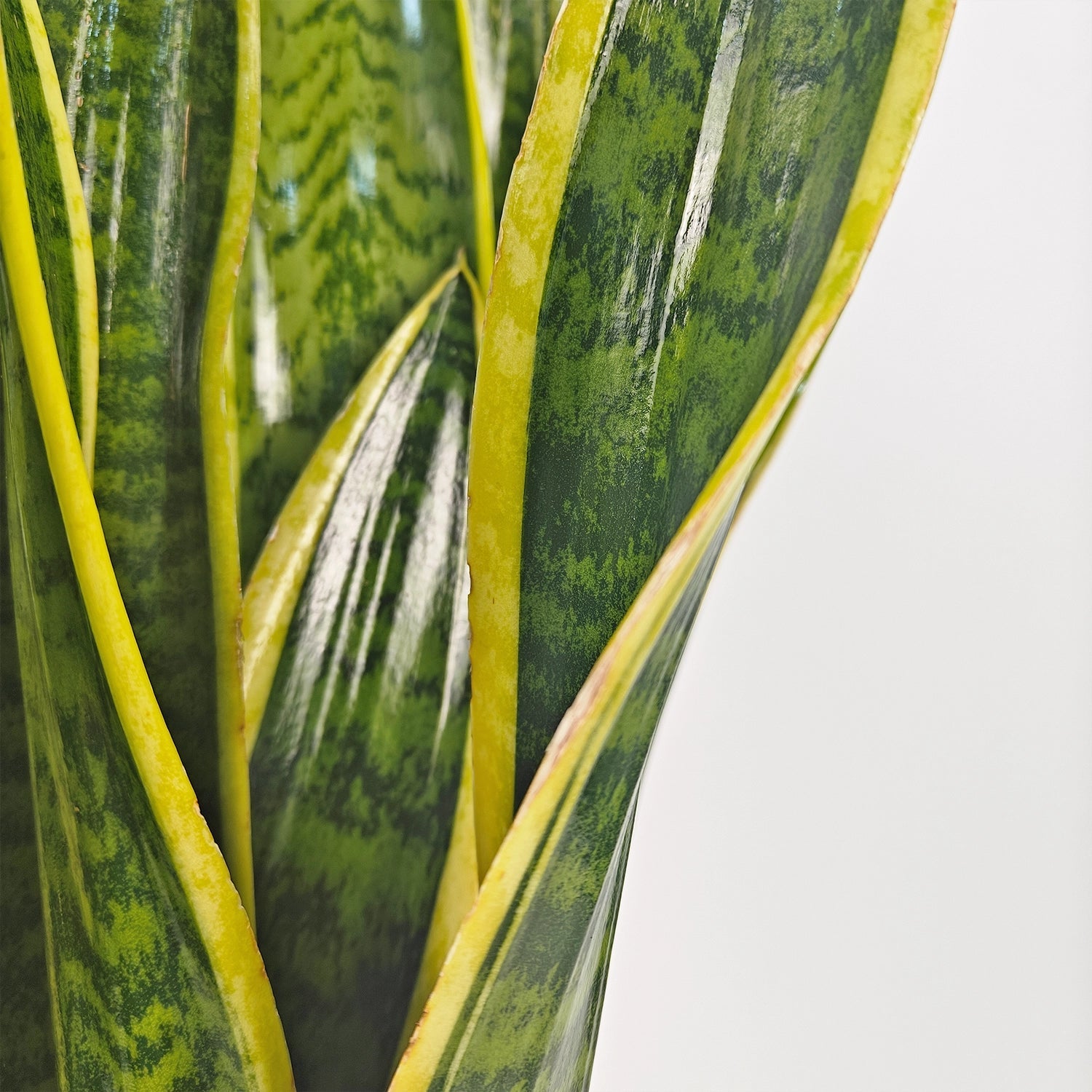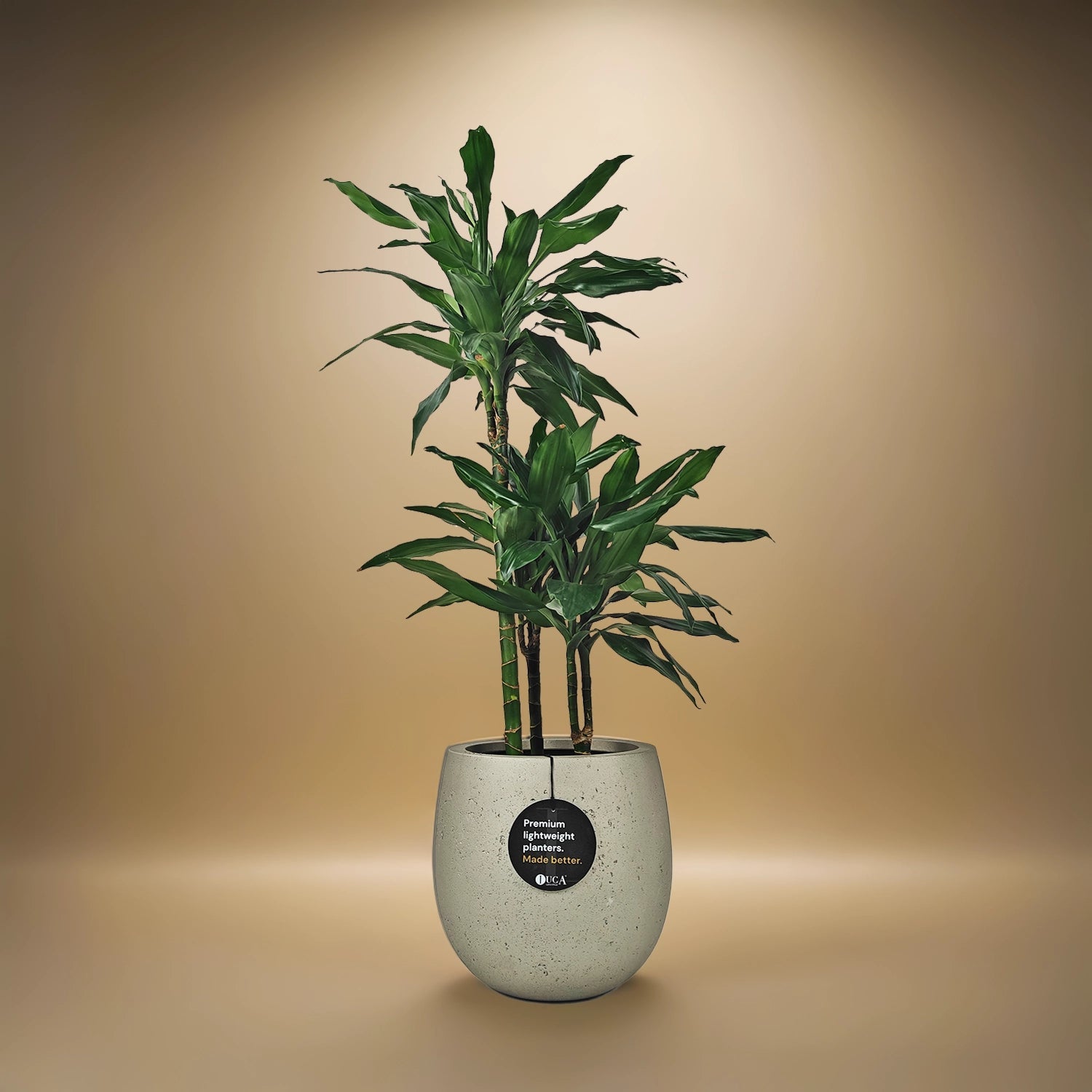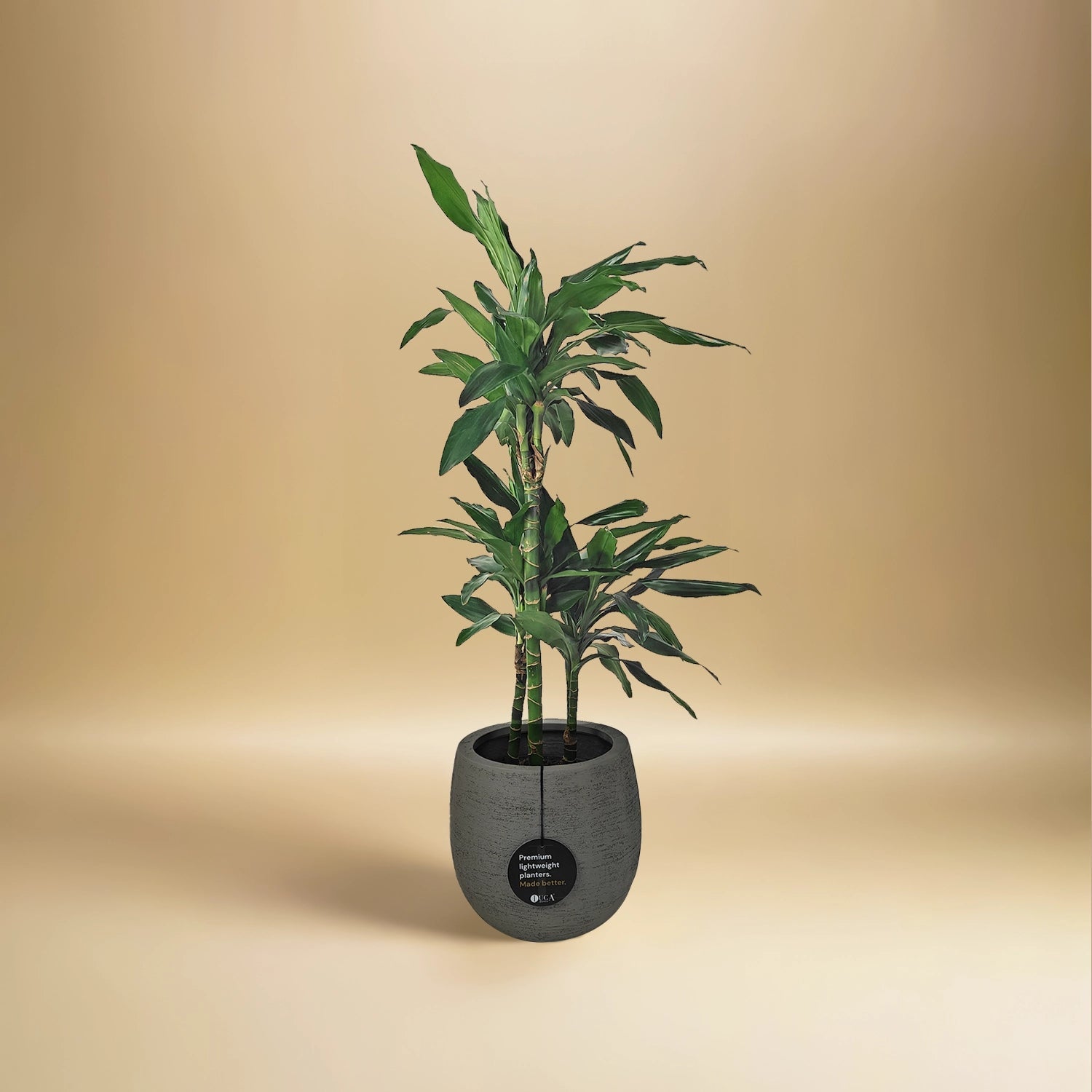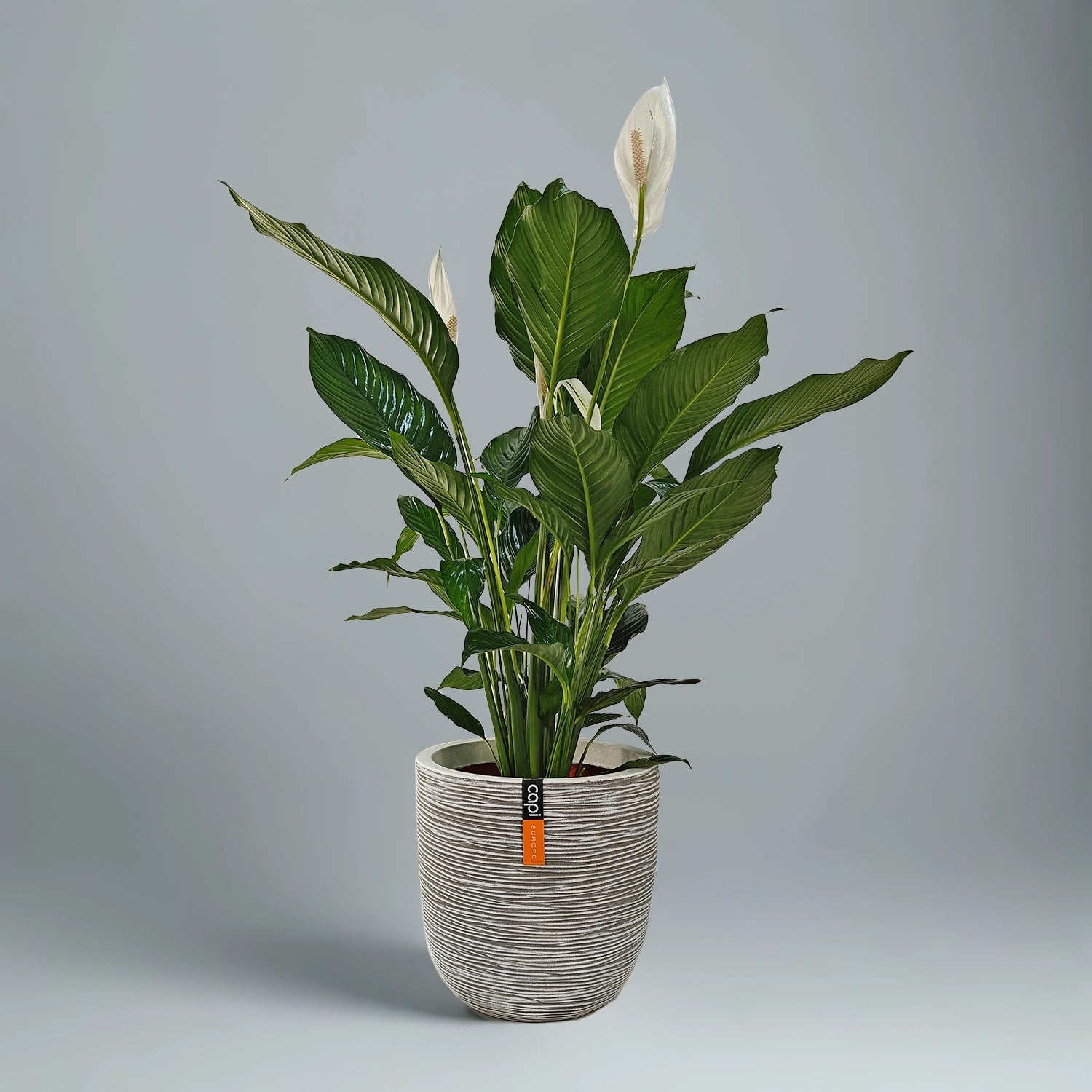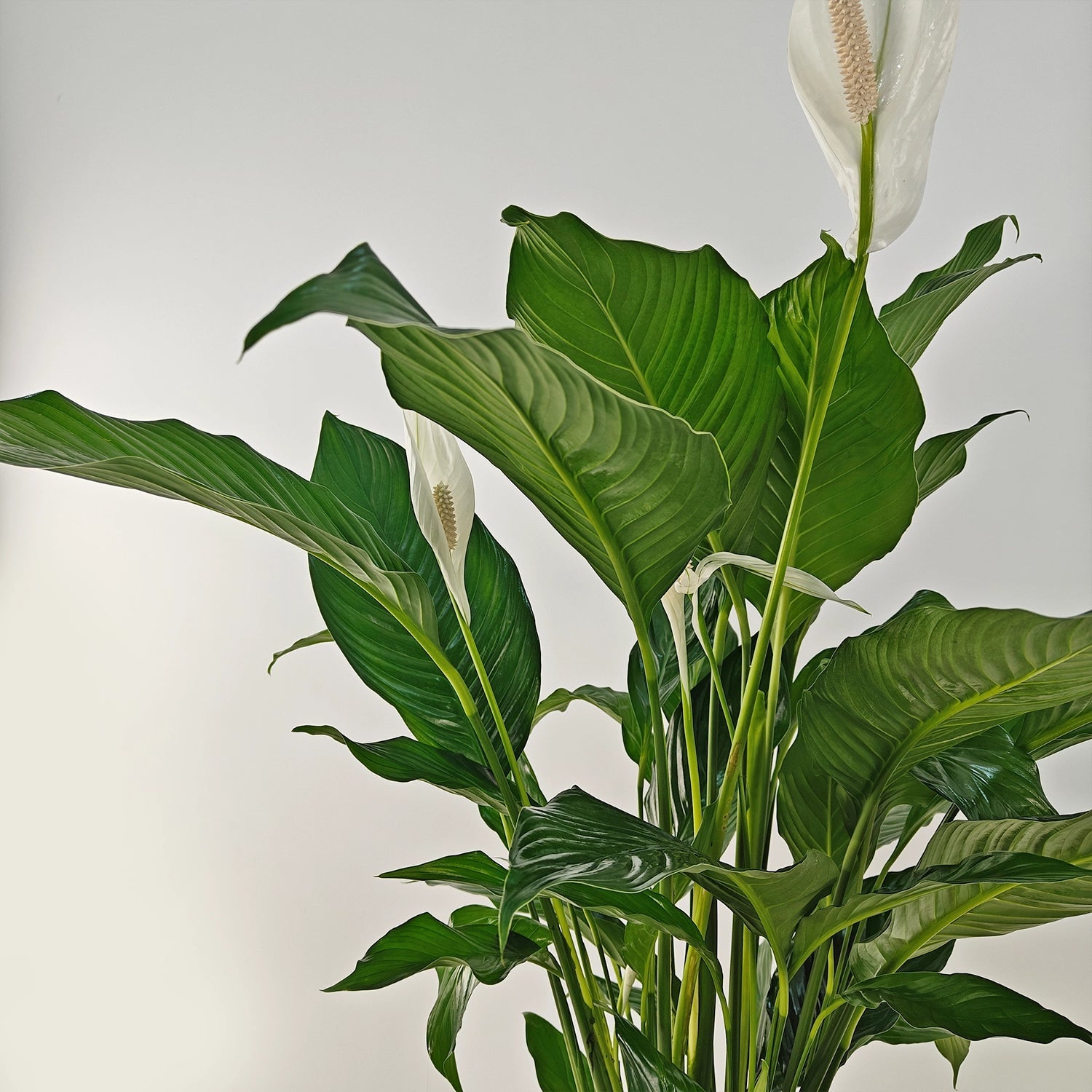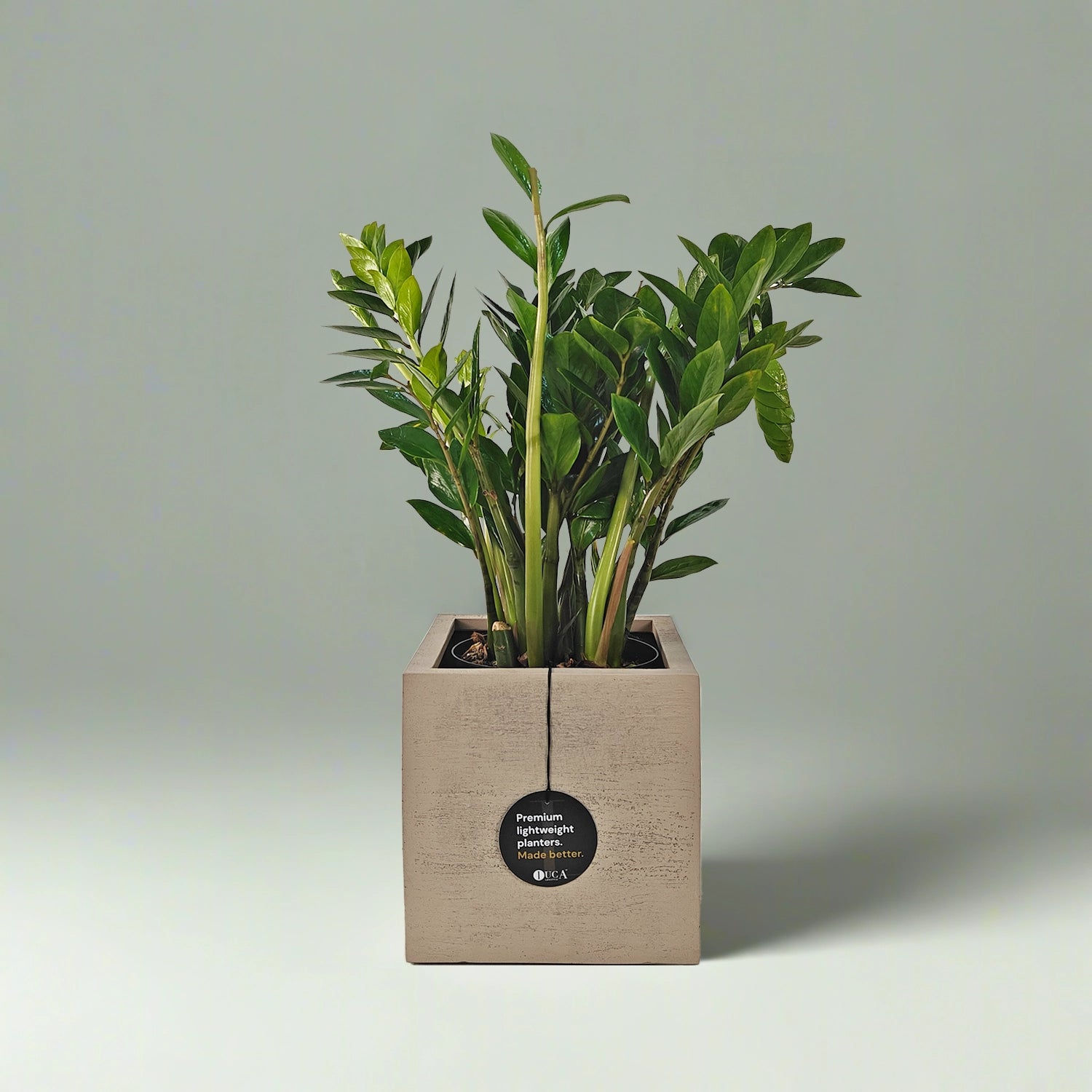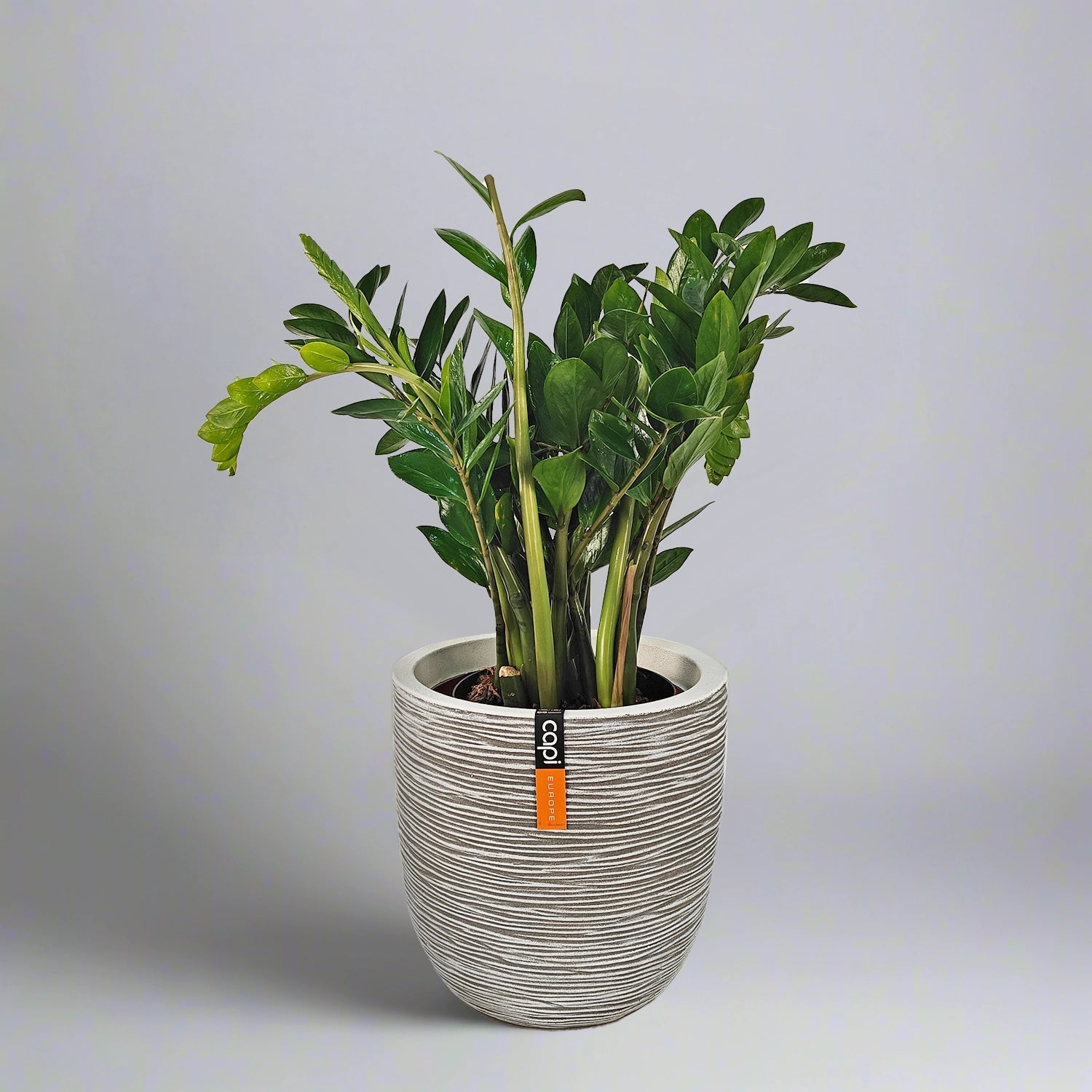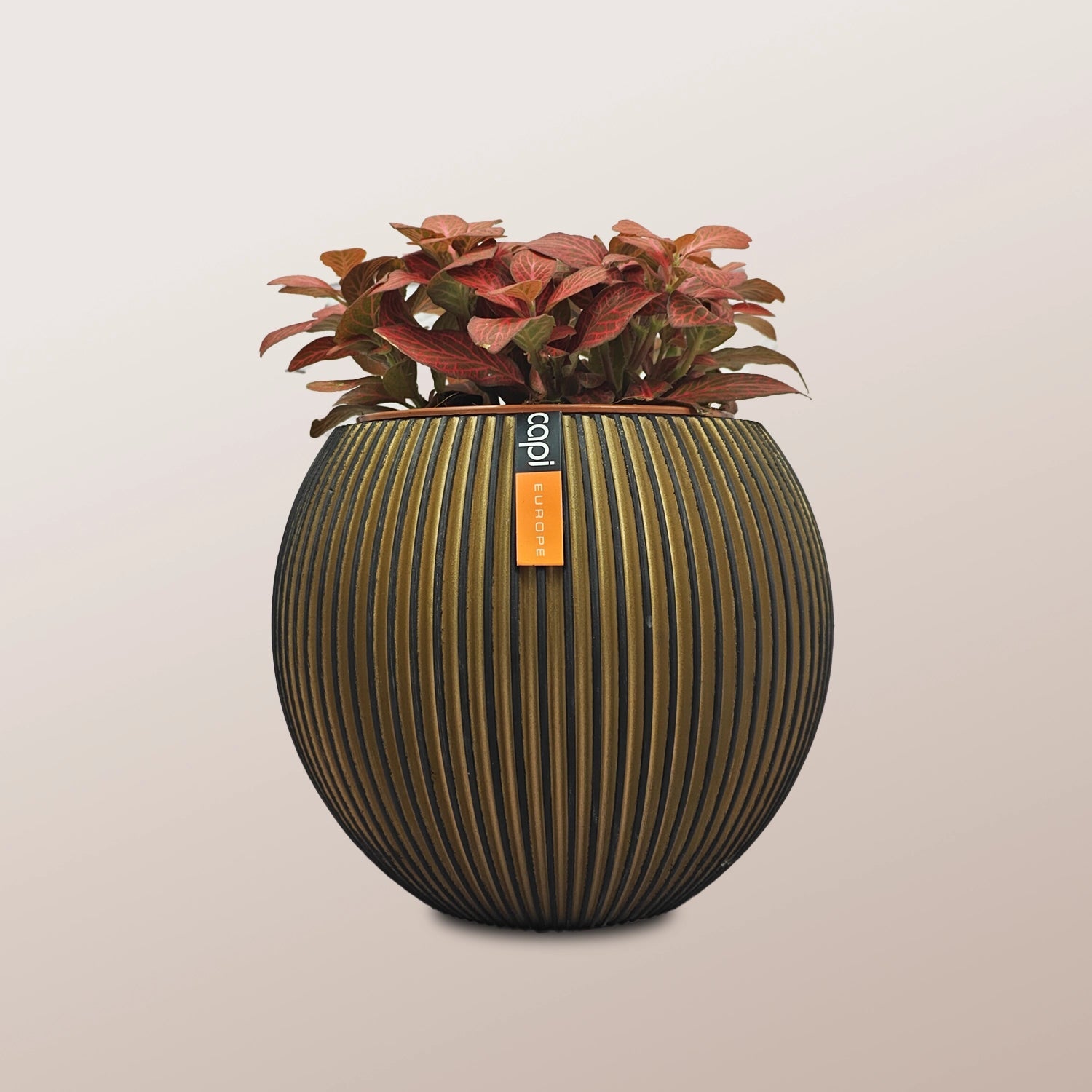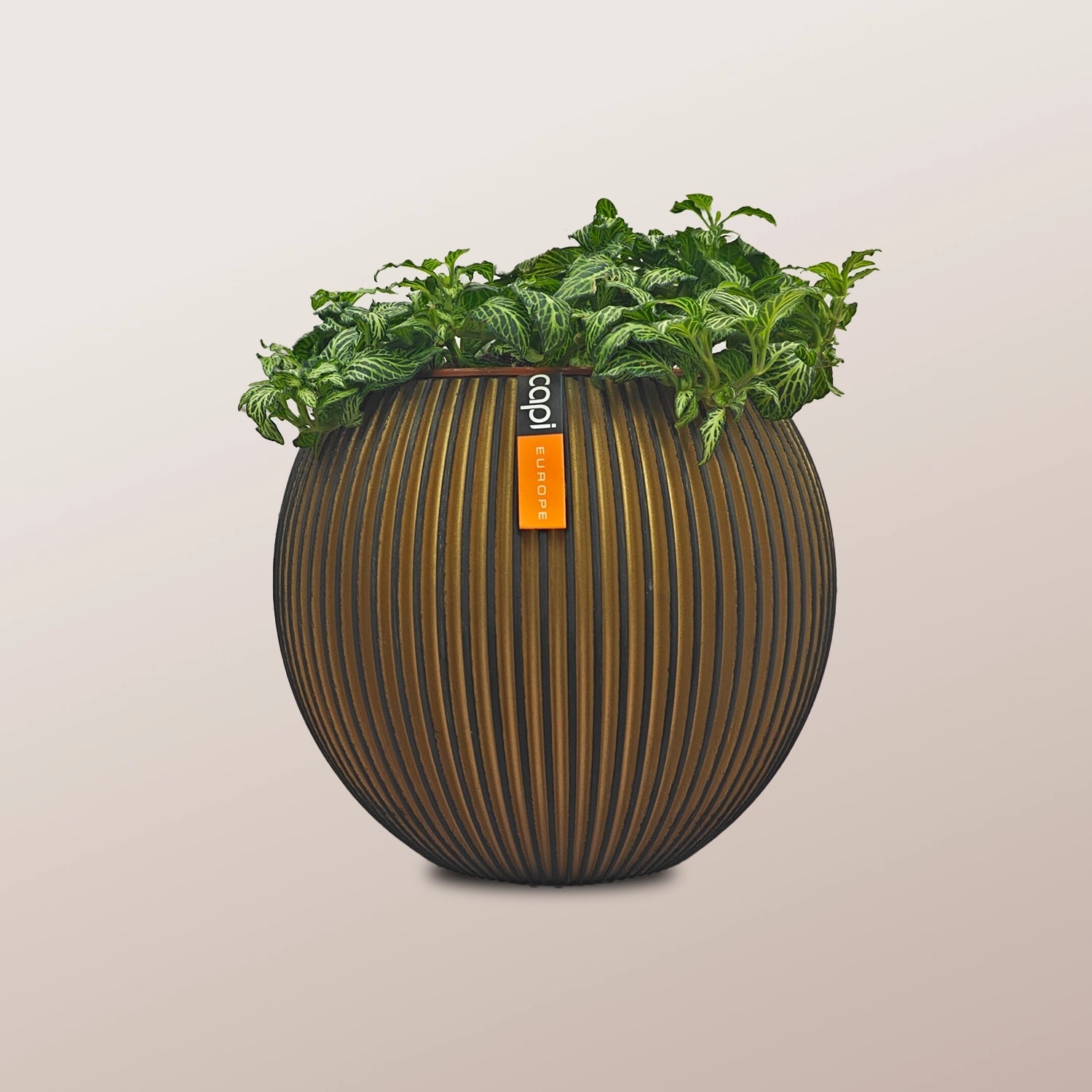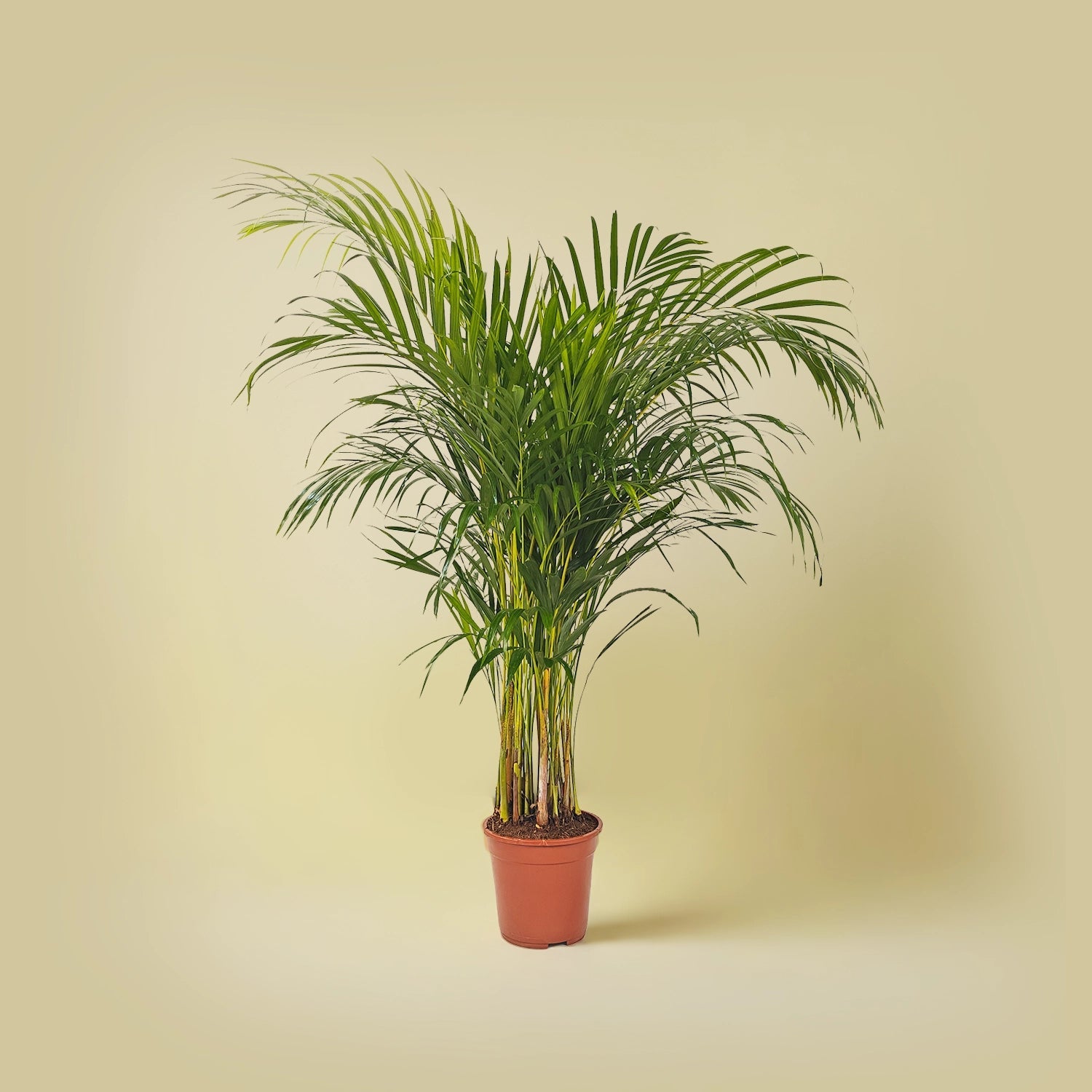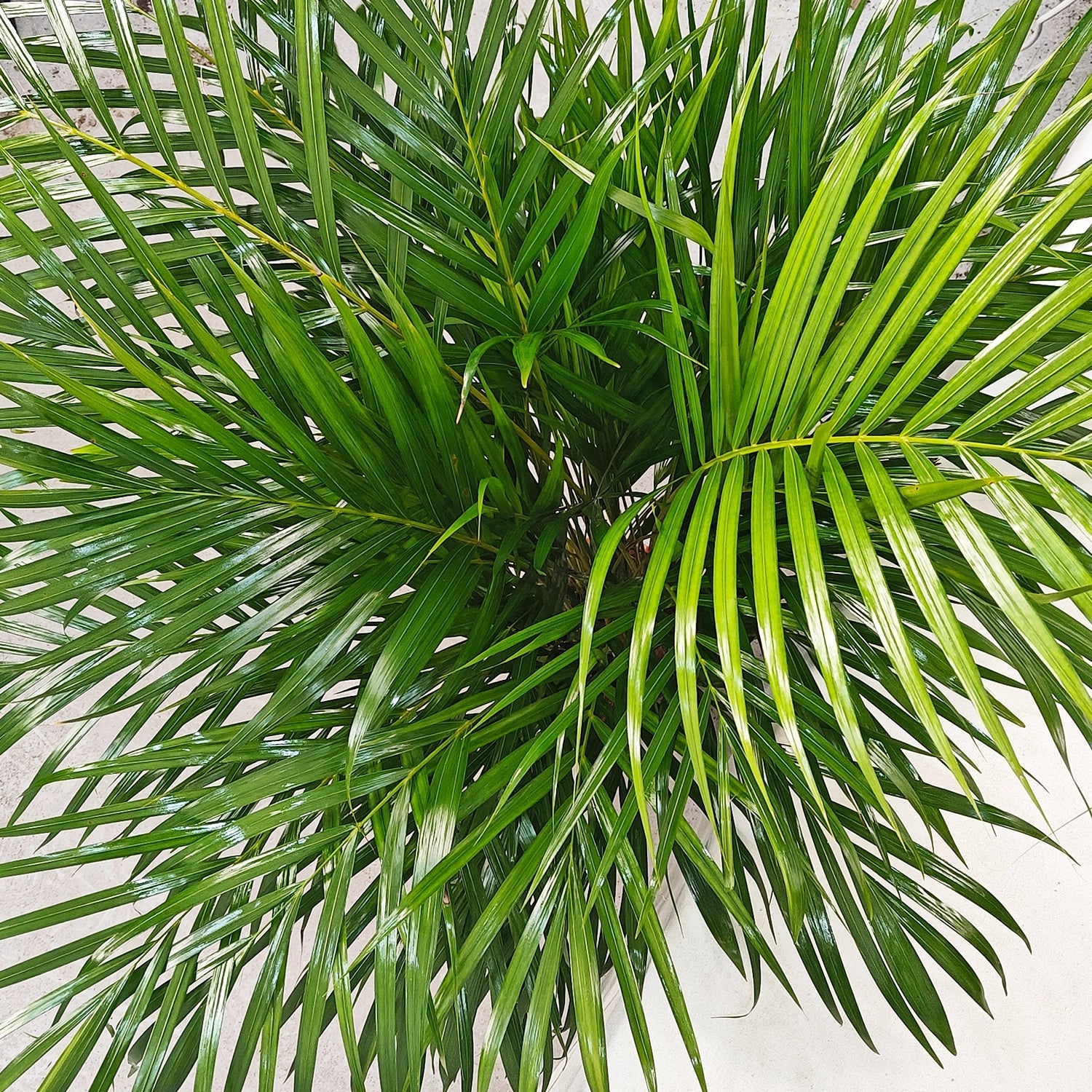نبات الثعبان سانسيفيريا لورينتي، النوع H3، 10LP، 70-80 سم
- ✅ Enhances Any Living Space
- ✅ Curated for Indoor Environments
- ✅ Hand-Picked for Quality
- ✅ Delivered with Care
ضمان الخروج الآمن
حصريًا على الموقع - توصيل مجاني في دبي والشارقة
استبدال مجاني إذا تلقيت منتجًا معيبًا أثناء التسليم
📄 Product Description
+🚚 Our Shipping & Delivery
+| Location | Delivery Charges (AED) | Free Delivery (AED) | Schedule Days |
|---|---|---|---|
| Dubai | 25 | 99 & Above | Everyday |
| Abu Dhabi - City | 199 | 499 & Above | Saturday |
| Abu Dhabi - Outskirts (Ruwais, Al Sila, Liwa, Al Batha, Al Ghuwaifat) | 299 | 999 & Above | Saturday |
| Sharjah & Ajman | 25 | 99 & Above | Everyday |
| Northern Emirates (RAK, Fujairah, Khorfakkan, Dibba, Dhaid) | 199 | 499 & Above | Friday |
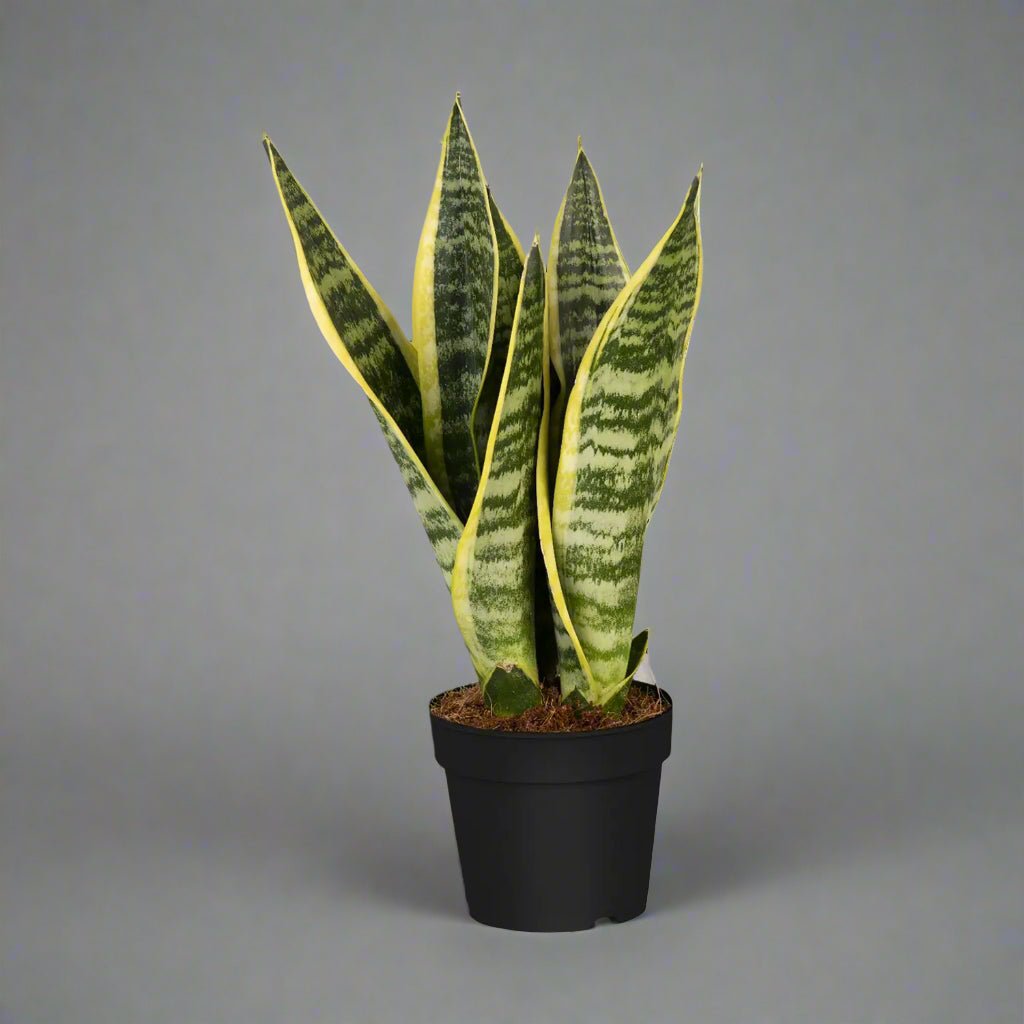
نبات الثعبان سانسيفيريا لورينتي، النوع H3، 10LP، 70-80 سم
ادعُ الطبيعة إلى مساحاتك
نحن نؤمن بأن مساحة المعيشة الخاصة بك هي أكثر من مجرد منزل، بل هي ملاذ يمتزج فيه الطبيعة والتصميم بسلاسة. مستوحى من جمال العالم الطبيعي والالتزام بالاستدامة، نصنع منتجات متميزة تضفي على مساحاتك الداخلية والخارجية الحياة والسكينة والأناقة الخالدة.
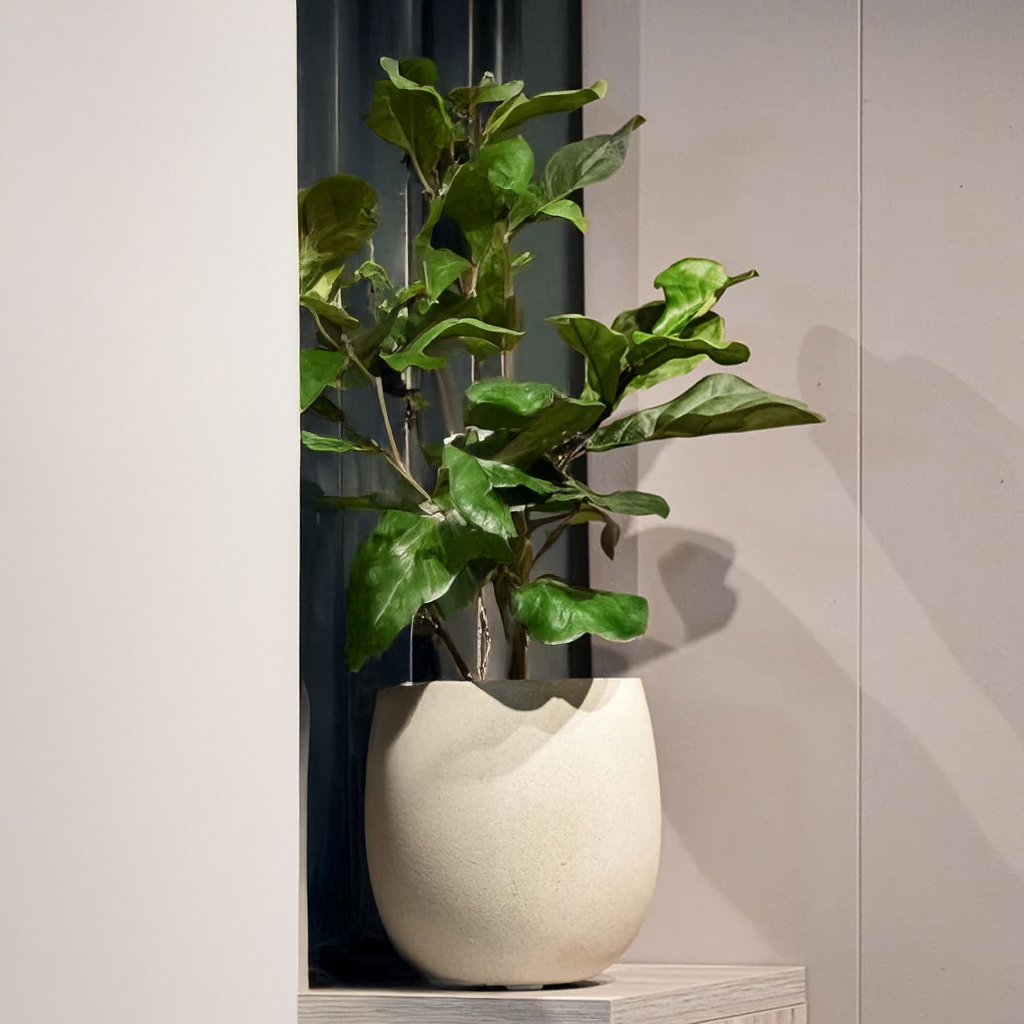
نباتات داخلية ساحرة
تضفي النباتات الداخلية الحياة والأناقة على مساحات المعيشة الخاصة بك، وتعزز من الأسلوب والجو العام. هذه النباتات مثالية للمنازل والمكاتب والديكورات الداخلية من جميع الأنواع، حيث يتم اختيارها بعناية لتزدهر في الأماكن المغلقة، وتضيف لمسة من الجمال الطبيعي إلى أي غرفة.
بفضل تنوع الأنواع والأحجام والأنماط، هناك نبات داخلي مثالي يناسب كل الأذواق والبيئات. من المساحات الخضراء الوفيرة إلى أوراق الشجر الرقيقة، صُممت هذه النباتات لتكمل أي ديكور مع تنقية الهواء وخلق أجواء هادئة.
تشتهر النباتات الداخلية بجودتها الاستثنائية وسهولة صيانتها، وهي مثالية للمبتدئين وعشاق النباتات على حد سواء. حوِّل مساحاتك الداخلية إلى مساحات نابضة بالحياة وصحية بفضل سحر النباتات الداخلية الخالد.
احصل على الإلهام
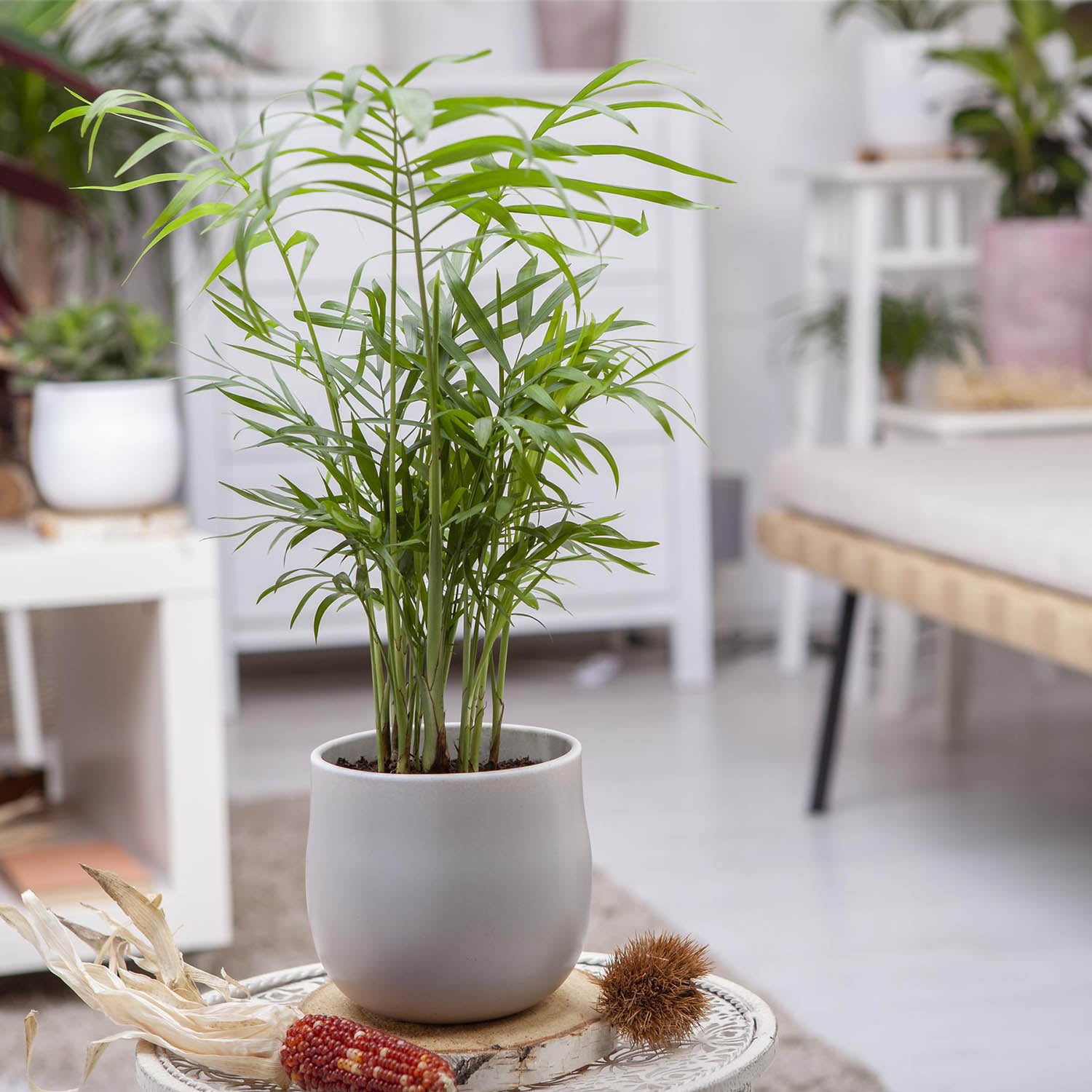
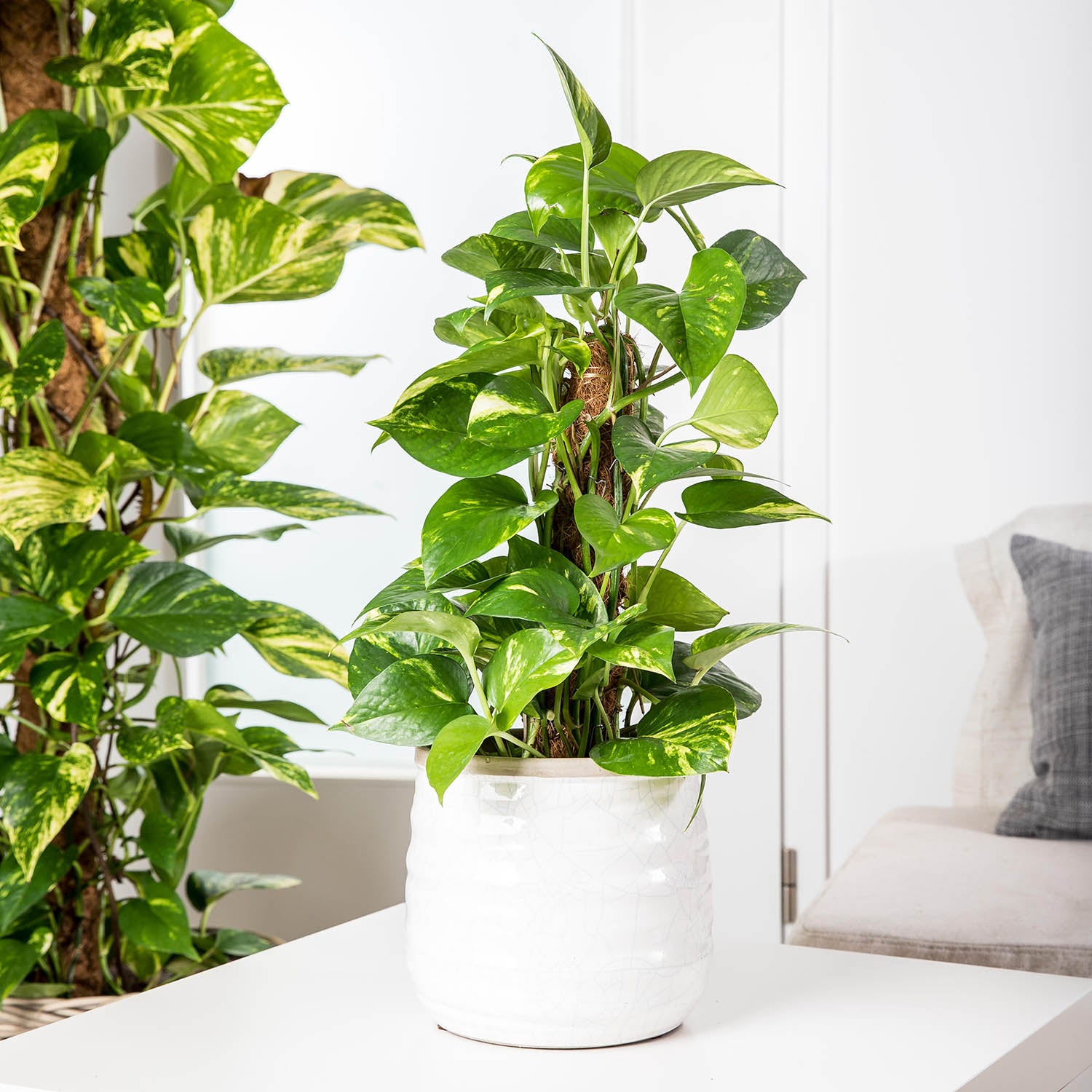
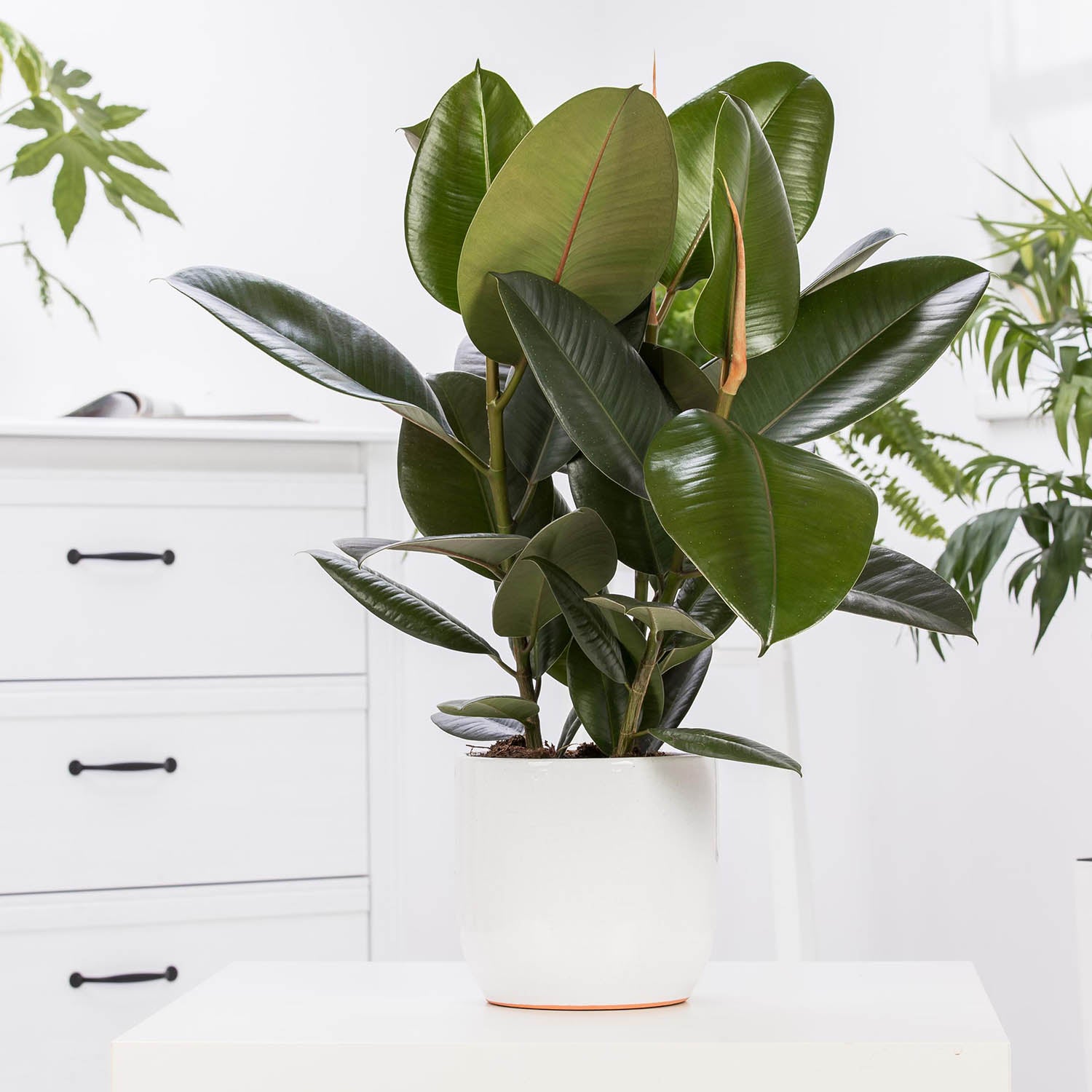
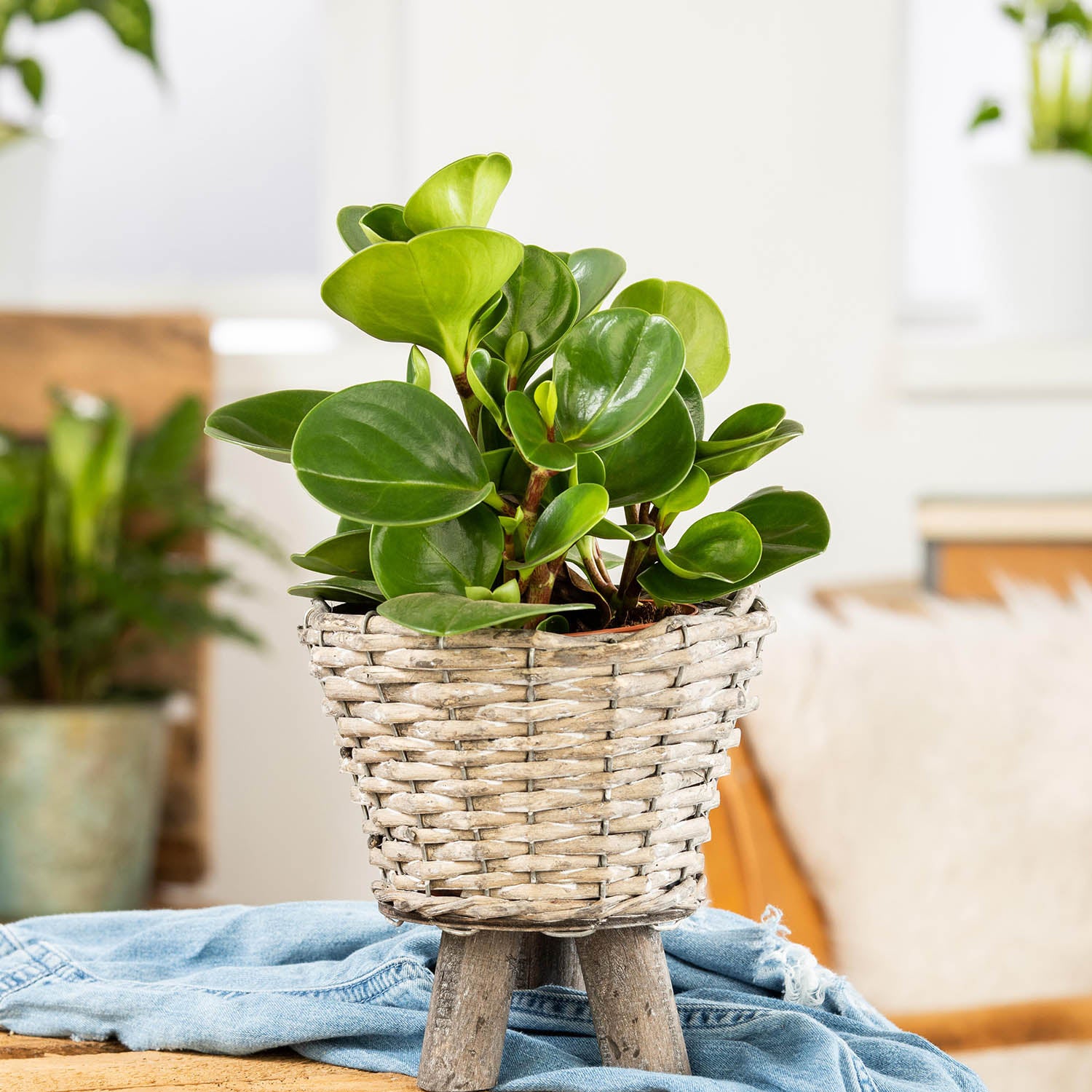
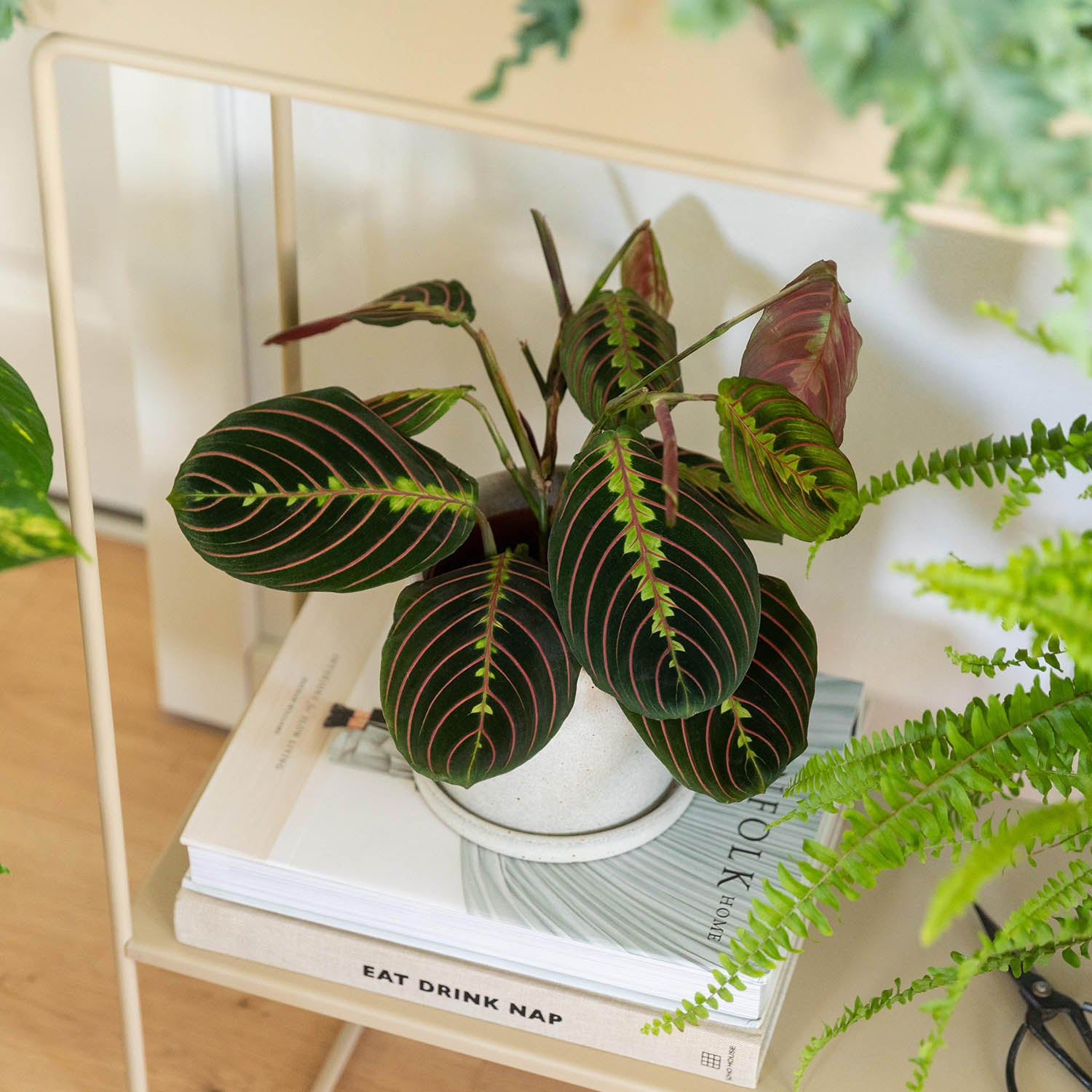
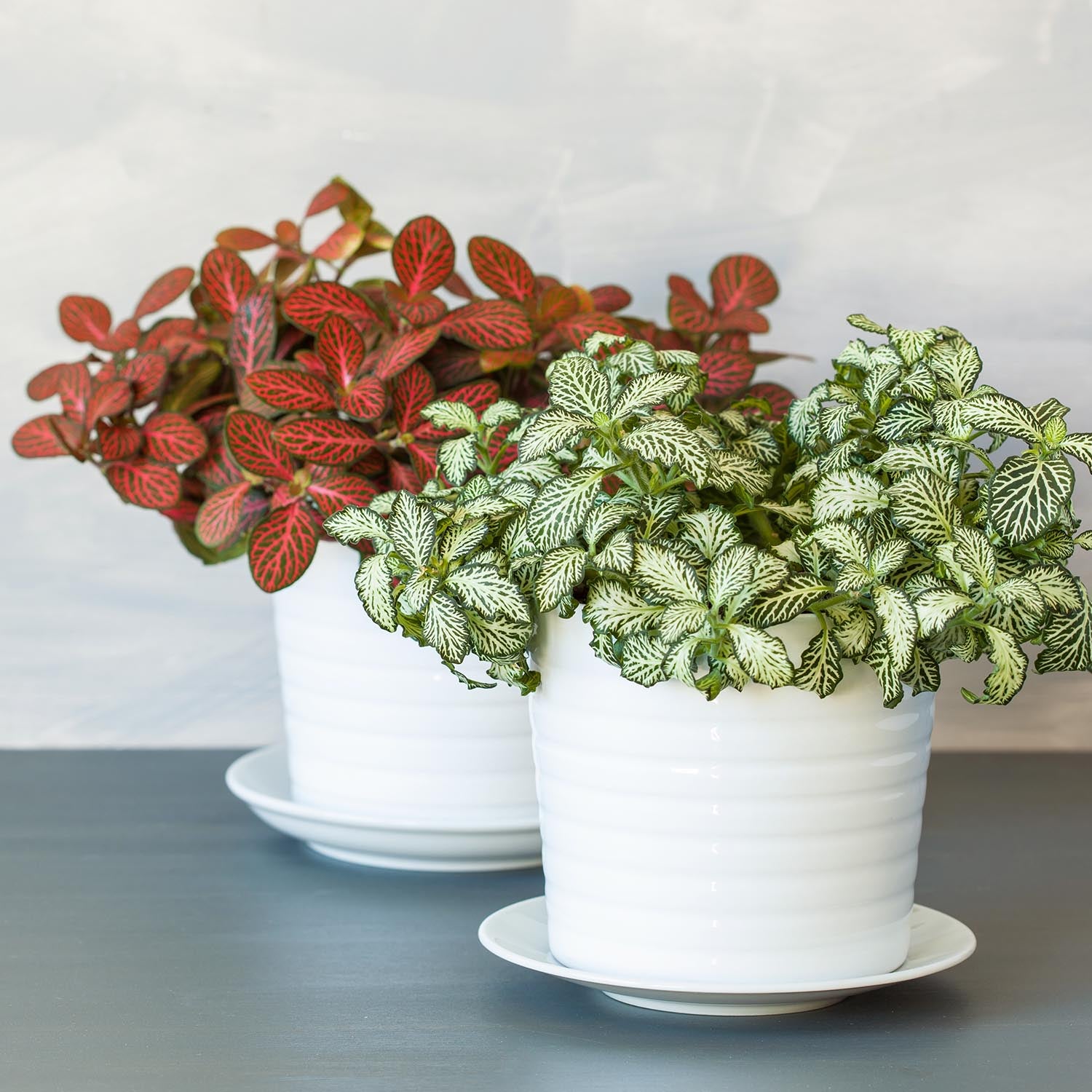
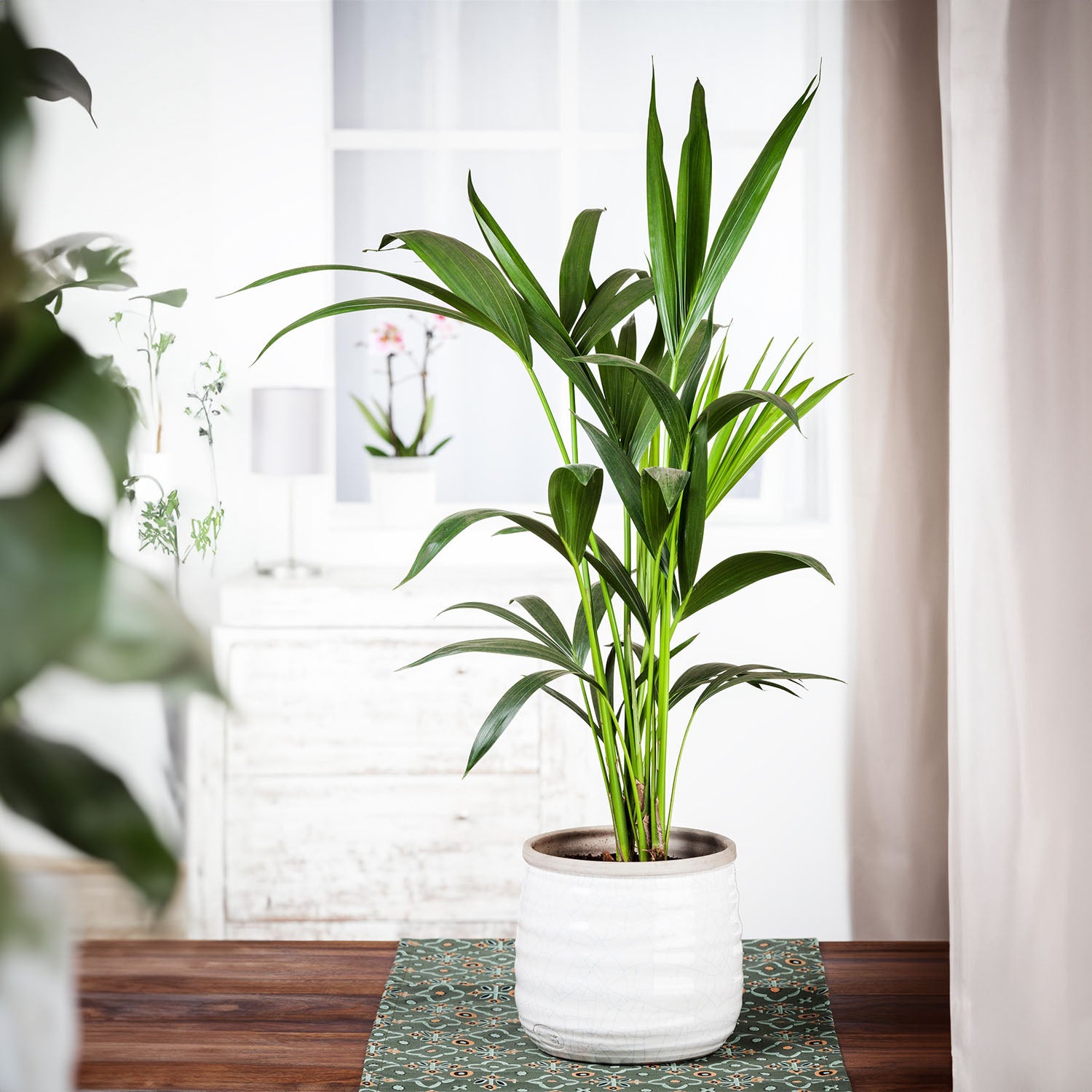
Frequently Asked Questions
Are indoor plants easy to care for?
Yes, most indoor plants are low-maintenance and require minimal watering and care. Specific needs may vary by plant type, so it’s best to follow care instructions provided.
Do indoor plants improve air quality?
Many indoor plants are known to purify the air by removing toxins and increasing oxygen levels, contributing to a healthier indoor environment.
Which indoor plants are best for low light conditions?
Plants like Snake Plant, ZZ Plant, and Pothos thrive in low light and are ideal for dimly lit spaces.
How often should I water my indoor plants?
Watering frequency depends on the plant species, pot size, and environmental factors. Generally, water when the top inch of soil feels dry to the touch.
Can indoor plants grow in artificial light?
Yes, many indoor plants can adapt to artificial light sources like LED grow lights or fluorescent lighting, making them suitable for spaces without natural sunlight.
